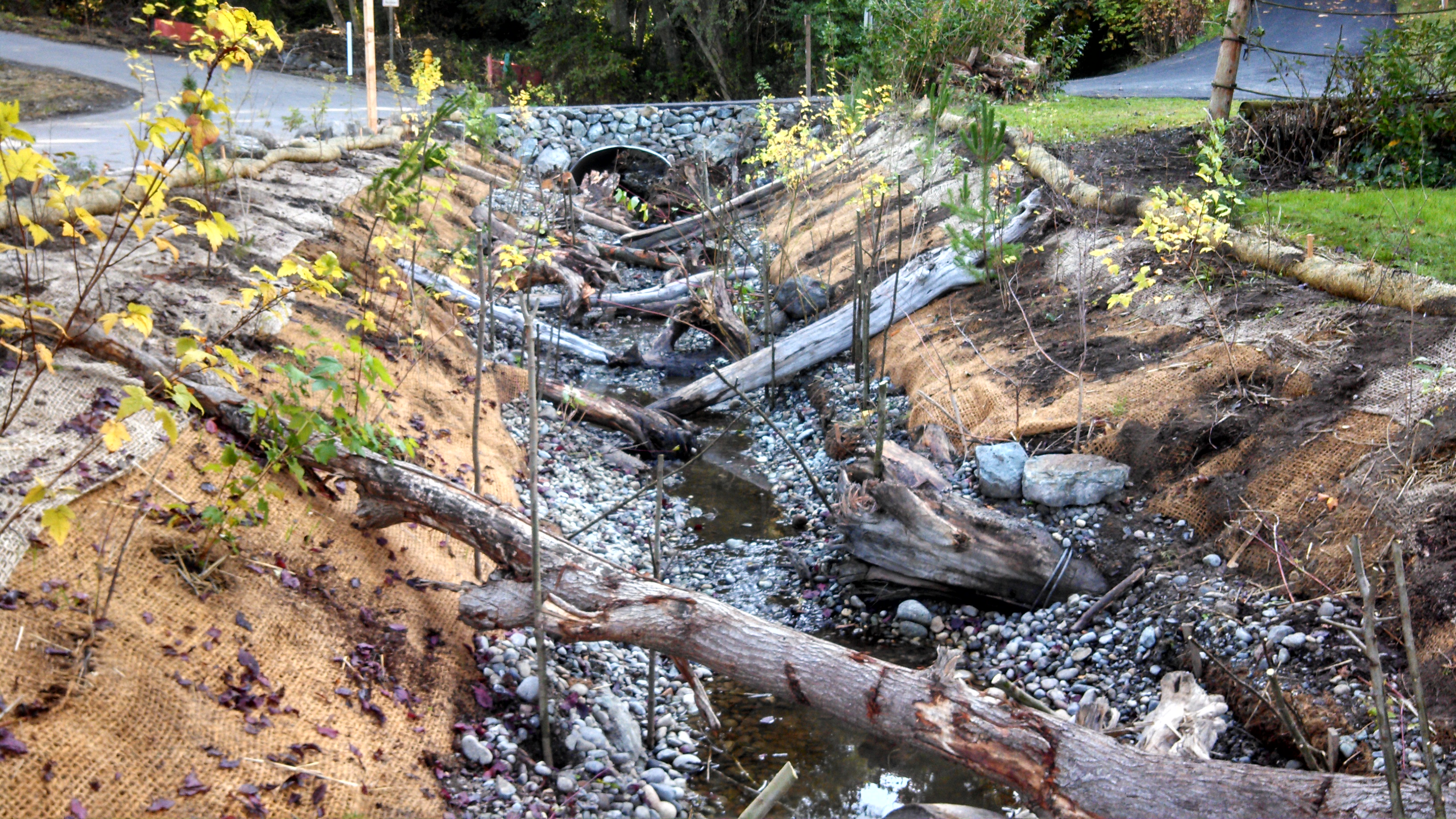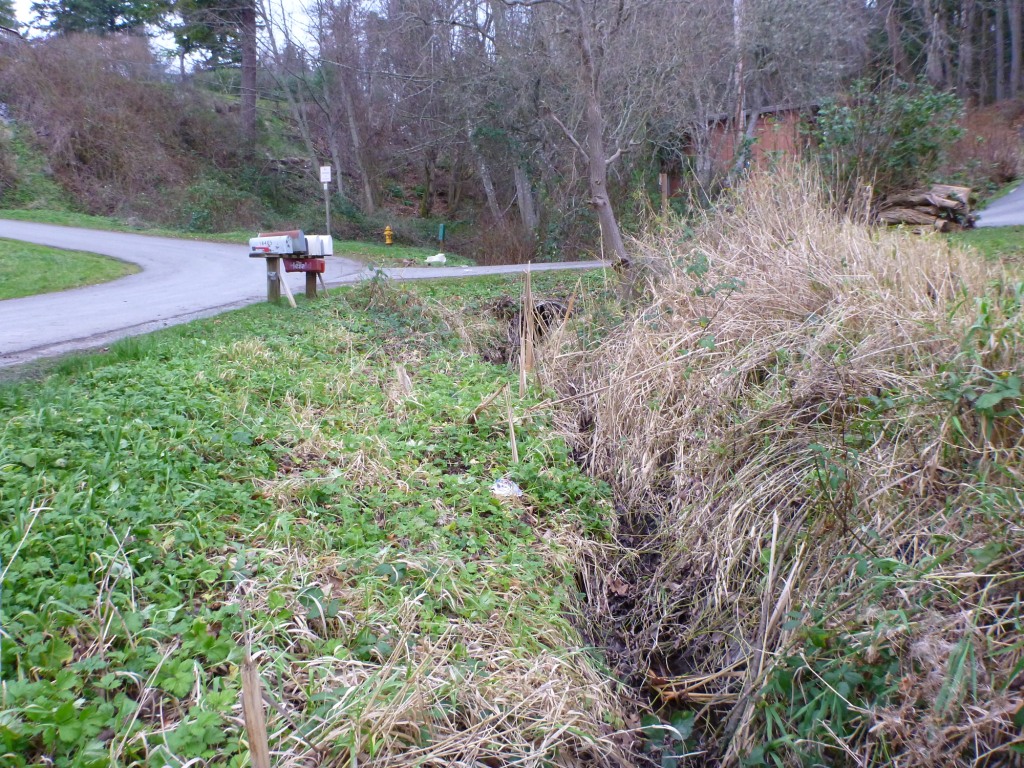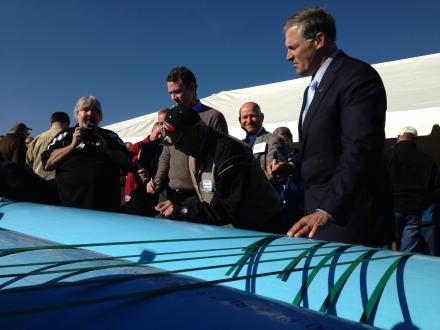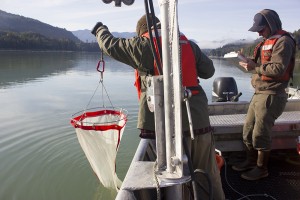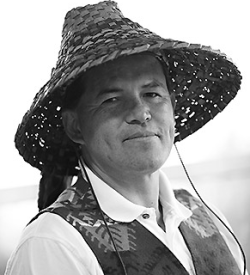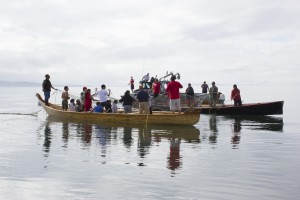By Wayne Kruse, The Herald
The upper Columbia and its major tributaries opened for steelhead last week and anglers found “lights out fishing in the Methow for the first few days,” according to Don Talbot at Hooked On Toys in Wenatchee (509-663-0740).
Instead of a simple float-and-jig rig, Talbot said, more and more steelheaders in his bailiwick are going to a “float-and-whatever,” adding a second lure to the setup hanging under the float.
“They’re tying a couple of feet of leader directly to the jig hook (the bend, not the eye), and then either a small Corky or a same-size bead on a number-4 hook to finish off the second lure,” Talbot said. “Use a Corky if you want the second lure to float, or the 6- to 8-mil bead if you want it to sink.”
Pinks are popular colors for the rig, as are red/black combinations.
“The setup is a little unwieldy to cast,” Talbot said, “but on the other hand, you always hope you’re going to hook a double.”
The bottom 12 miles of the Methow have been the most productive so far, he said. The lower Wenatchee is also a possibility, although there are fewer fish, apparently, in the Wenatchee run.
“Put in your time on the river, cover a lot of water, change colors,” Talbot said. “Persistence pays off.”
State Fish and Wildlife Department regional fish manager Jeff Korth in Ephrata said about 14,000 adult steelhead are expected to return to the upper Columbia system this year, enough to allow a fishery, but with a caution. Korth said fishing will be more tightly regulated this year than last because protected wild-stock fish are expected to make up a higher percentage of the run.
These fisheries traditionally remain open through the winter, but Korth said, “We may have to close early due to the higher number of encounters with wild steelhead expected this year.”
Anglers are required to keep the first two hatchery, fin-clipped, steelhead they catch, and that with the exception of the Columbia proper, where bait may be used, selective-gear rules apply.
San Juan salmon
Fishermen in the San Juan Islands are transitioning from coho to winter blackmouth, with pretty fair fishing available for both right now. Kevin John at Holiday Sports in Burlington (360-757-4361) said big, wild, “hooknose” coho are the target along the west side of San Juan Island, while blackmouth anglers are finding fish “inside” at Lopez Flats and around Cypress Island. Small baits and lures — yellow-label herring, Coho Killer spoons in shades of green — are popular choices, John said.
River coho
Work some different water for coho; try the main stem Stillaguamish, which has been putting out better than usual fishing the past couple weeks. Kevin John said the I-5 and Silvana areas are both good bets, although coho are where you find them. Try Dick Nite spoons in green, chartreuse or 50-50, he said.
The best bet for boat fishermen right now might be the Skagit River in the Sedro-Woolley area, backtrolling Brad’s Wigglers or drifting Vibrax spinners.
Snow geese
Waterfowl hunting has been slow around the state, with bluebird weather the general rule, but when winter storm fronts start marching through the area, there should be snow geese available locally. The prediction by state biologists is that it was at least a fair hatch and that it should be a decent, if not great, hunting season.
Because of changes in farming practices on the Skagit delta, and other factors, over-wintering snows have separated themselves into three fairly distinct groups: the Stanwood flock, the Fir Island flock and the Bow flock. Goose populations at all three locations are building each day.
Steelhead clinic
Mark your calendar for the annual Steelhead and River Fishing Workshop sponsored by the Everett Steelhead and Salmon Club and Everett Parks & Recreation. It’s free and open to all interested anglers. The popular seminar is scheduled from 8:30 a.m. to 12:30 p.m. on Nov. 9 at Floral Hall in Forest Park in Everett.
The event covers methods and techniques for river fishing, tackle selection, hook tying, rigging and casting, reading water and more. There should be something here for both beginning and experienced anglers.
For more information, call Everett Parks at 425-257-8300, extension 2.
Cabela’s halloween
Cabela’s Tulalip will host a “spooktacular” for kids and adults from 11 a.m. to 3 p.m. Saturday, with trick or treating in each department of the store. Then take a stroll through the haunted aquarium, try a shot in the 3D Pumpkin Archery Range, decorate yourself with ghostly camo face paint, sample some terrifyingly delicious Dutch oven treats and hunt for the elusive, hairy Sasquatch. Try your hand (1-15 years of age) at the Sasquatch calling contest at 1 p.m. for a chance to win prizes.
For more information, call 360-474-4880.



